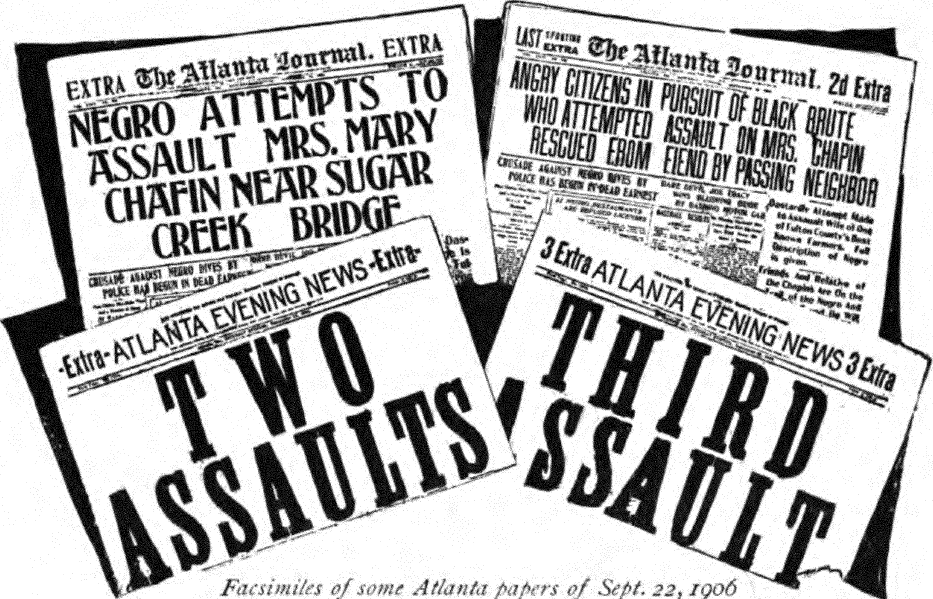<![CDATA[The 28th August marks sixty years since the start of three days of rioting in Philadelphia. The events in Philadelphia are grouped together with other riots in New York, New Jersey and Illinois in the summer of 1964, which were all referred to at the time as 'Race Riots'. July 2nd 1964 saw the passing of the Civil Rights Act in the USA. This landmark piece of legislation is viewed as one of the triumphs of the Civil Rights Movement, the act outlawed discrimination on the basis of race, sex, colour, religion or national origin. This meant the end of unequal voter registration requirements and the abolition of racial segregation in schools, at work places or in public facilities. The riots of summer 1964 show that this legislation didn't do enough to ease racial tensions and issues in the USA. Philadelphia was a city suffering from severe demographic segregation prior to the riots of 1964. Roughly 400,000 of the cities 600,000 African-American population lived in the densely populated neighbourhood of Northern Philadelphia. There had been instances of police brutality in the area, and the city had been attempting to alleviate racial tensions by instigating mixed race police patrols in the neighbourhood and creating a civilian review board for the police department. It was one such mixed patrol that ultimately triggered the unrest. Police Officers Robert Wells and John Hoff dragged Odessa Bradford from her broken down car and arrested her. Hours after the arrest, black youth and teenagers took to the streets to protest the police officer's treatment of Bradford. By the end of the three days of rioting that followed, 774 people were arrested, 341 were injured, and 225 businesses were damaged. The causes behind the riots were similar to those in Harlem, Rochester, Jersey City, Elizabeth and Illinois. A growing jobs and housing crisis was putting strain on the Northern US States. Perceived acts of police brutality were enough to finally light the fuse on racial tensions, and one incident could quickly lead to community wide violence. With all of the riots, it was increasingly clear that more fundamental issues were at play than could be solved with the Civil Rights Act alone. Elements of the black middle class and clergy attempted to intervene in the riots and prevent their escalation. These attempts always failed, perhaps revealing the different concerns between the rioters and the civil rights movement, in particular anger at the economic and standard of living inequalities between black and white communities. The riots had a variety of consequences, most of which were bad for black communities in the US. Whereas the Civil Rights Movement had gained respect through its strictly non-violent civil disobedience campaign, the riots in the summer of 1964 could easily be framed as outbreaks of anarchism by the US media, creating a fear that alienated many from the equality issues that triggered them. In Philadelphia, the publicity received by the riots is sometimes considered a reason for the success of Frank Rizzo, a future police chief and mayor in Philadelphia who would go on to have a volatile relationship with the city's African-American Community. A recent study by the National Bureau of Economic Research has suggested that the summer riots would go on to hurt African-American families' economic interests in both the long and short term. The study suggests that median income for black families living in cities that had riots shrunk by 9%. The study also suggests that the riots significantly depressed the value of properties owned by African Americans, a decrease in value that continued into the seventies. The riots highlight that although the Civil Rights Act was a hugely significant piece of legislation and legal progress, it failed to deal with the structural problems in US society between different communities. There is still a massive economic disparity in US cities between black and white communities and segregation still persists, at least on a residential level. What's more, the sense of the police favouring white communities is still strong. From the LA Riots of 1992 to the current events in Ferguson, Missouri, it is clear that there are still deep rooted problems in American society. The riots of 1964 highlighted that after the Civil Rights Act, the US still had to deal with entrenched inequality in its society. Sixty years after the passing of the act, if would seem these problems are yet to be solved.]]>
The Philadelphia Riots Sixty Years On
